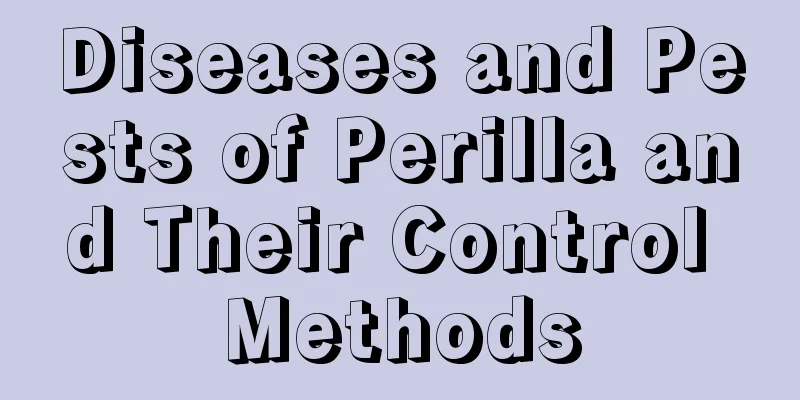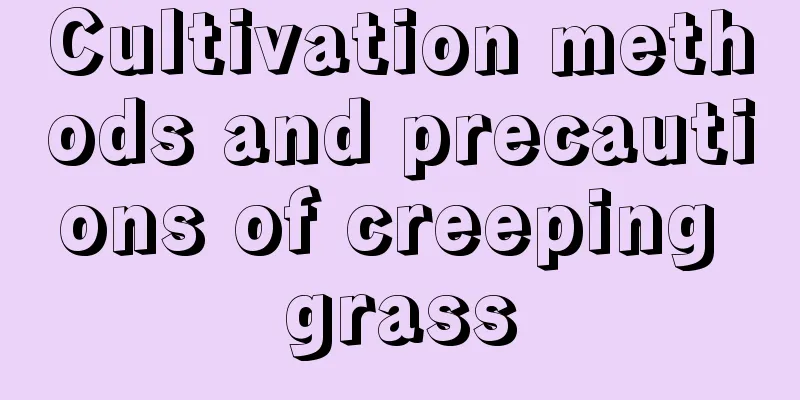Diseases and Pests of Perilla and Their Control Methods

Diseases of PerillaLeaf spotLeaf spot usually occurs from June to harvest, harming the growth of perilla. Initially, small brown or dark brown spots of different sizes and shapes appear on the leaf surface, and then develop into large round or polygonal spots, generally with a diameter of 0.2-2.5 cm. The spots are not obvious on purple leaves, but are more obvious on green leaves. After drying, holes are often formed. In severe cases, the spots merge and the leaves fall off. Prevention and treatment methodsWhen selecting seeds, choose from disease-free plants. Pay attention to soil drainage and avoid over-planting. Starting from the early stage of the disease, spray with 800 times diluted 80% wettable mancozeb, or 1:1:200 Bordeaux mixture. Spray 2-3 times every 7 days. However, spraying should be stopped half a month before harvest to ensure that the medicinal materials are free of pesticides. Pests of PerillaRed SpiderIt is most likely to occur during the dry months of June to August when the humidity is high. Adult red spider mites are small, usually orange-red, sometimes yellow. Red spider mites gather on the back of the leaves to suck sap. Initially, yellow-white spots appear on the leaves, and later larger yellow-brown spots can be seen on the leaves. As the spots expand, the entire leaf turns yellow and falls off. Prevention and treatment methodsDuring the outbreak period, spray with 2000 times diluted 40% dimethoate emulsion as early as possible. However, it is required to stop spraying pesticides half a month before harvest to ensure that no residual poison remains on the medicinal materials. Spodoptera exiguaFrom July to September, the larvae harm the growth of perilla, and the leaves will be bitten into holes. The mature larvae will pupate in thin silk cocoons on the plants. Prevention and treatment methodsSpray with 1000 times diluted 90% crystalline trichlorfon. |
<<: Zephyranthes pests and control methods
>>: Gladiolus (Gladiolus) Pests and Control Methods
Recommend
Pruning gardenia and kalanchoe, the longer the better
Gardenia pruning The pruning of gardenias is main...
What are the cultivation methods and precautions of poinsettia?
Poinsettia Introduction Poinsettia belongs to the...
What to do if the leaves of pink palm turn yellow
Reasonable watering If the young leaves on the to...
Garlic pot planting method
The best time to plant potted garlic is in autumn...
What are the effects of wood milk fruit
1. Cough relief The wood apple can be used as med...
How to care for and water Amaryllis in summer?
Amaryllis is a popular indoor potted bulbous plan...
How to prune the fortune tree
1. Prepare pruning tools Before pruning, you need...
How to water tiger pineapple
What water is needed? The quality of water is ver...
When is the best time to plant bitter chrysanthemum (which month is suitable for sowing bitter chrysanthemum at home)
Chrysanthemum can be sown in spring and autumn, a...
Can I grow blueberries at home?
Can I grow blueberries at home? You can grow blue...
Huang Li's efficacy and function
Ornamental value Huangli is a common succulent pl...
How Silver Star Reproduction Works
one. Leaf cuttings 1. Select some healthy and dis...
What kind of flowerpot looks good for asparagus fern
What flowerpots look good with asparagus fern It ...
The difference between Solanum nigrum and black wolfberry
1. Distinguish from the appearance Solanum nigrum...
How to grow Yemen iron more vigorously
Yemen Iron Growth Conditions The suitable growth ...









